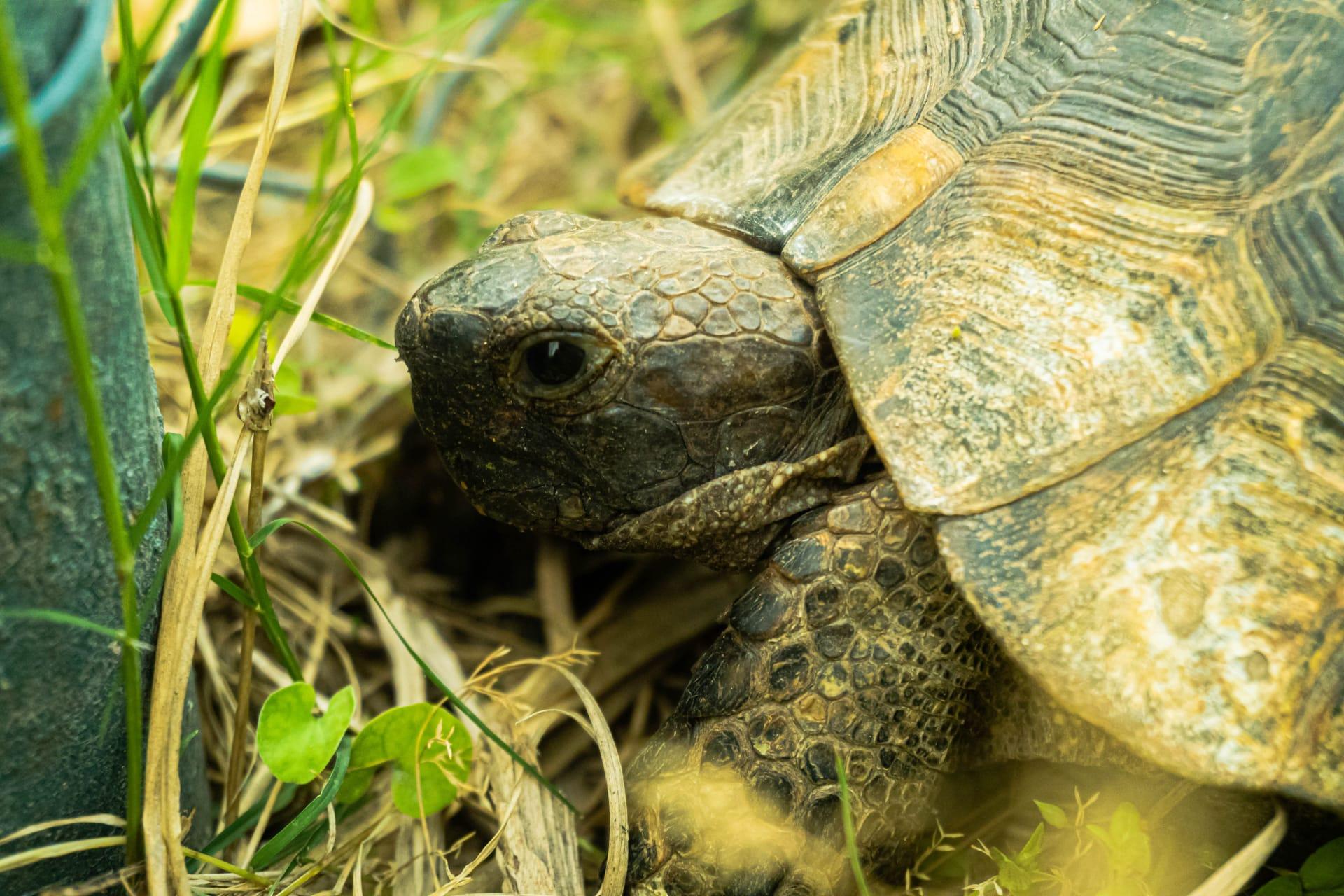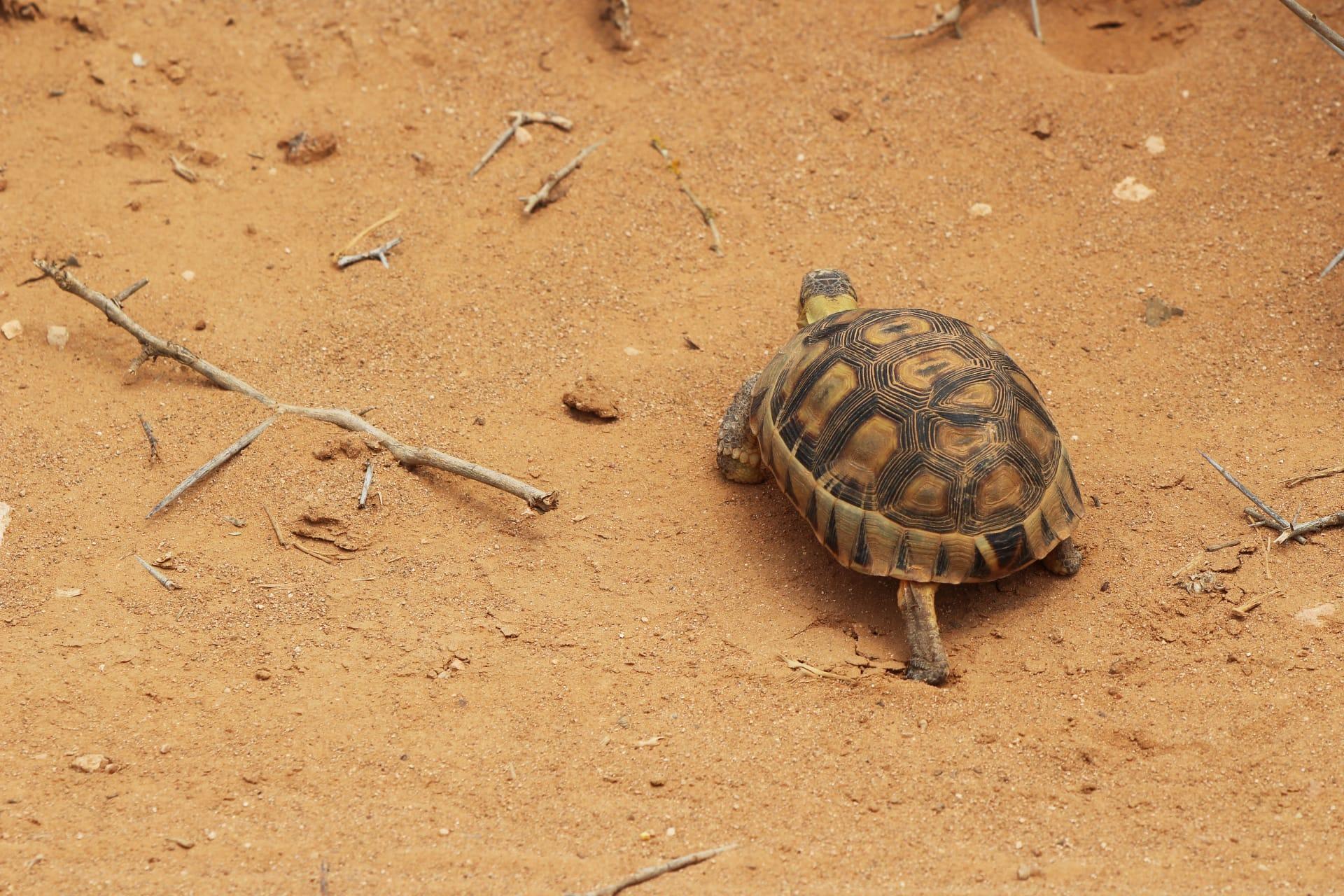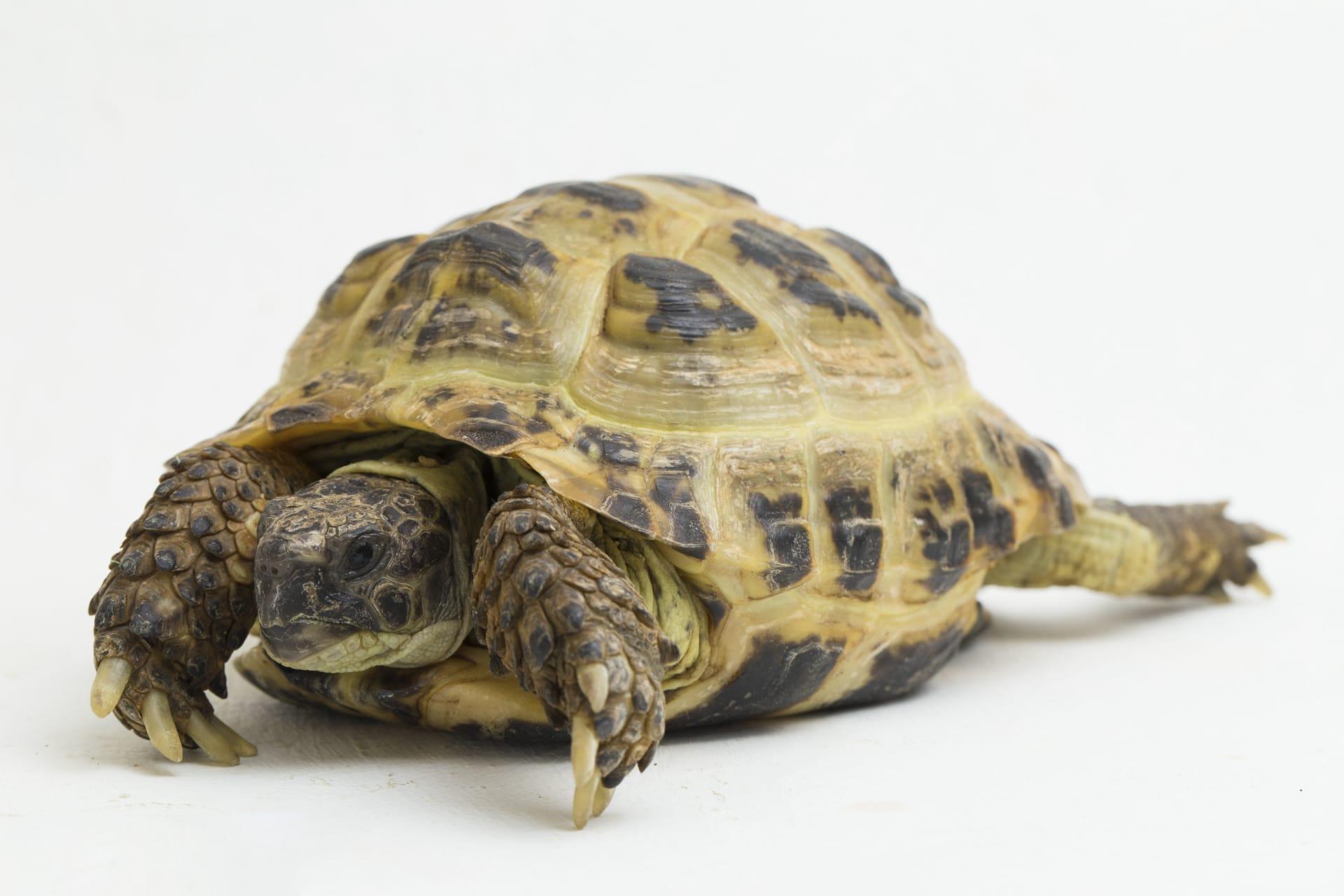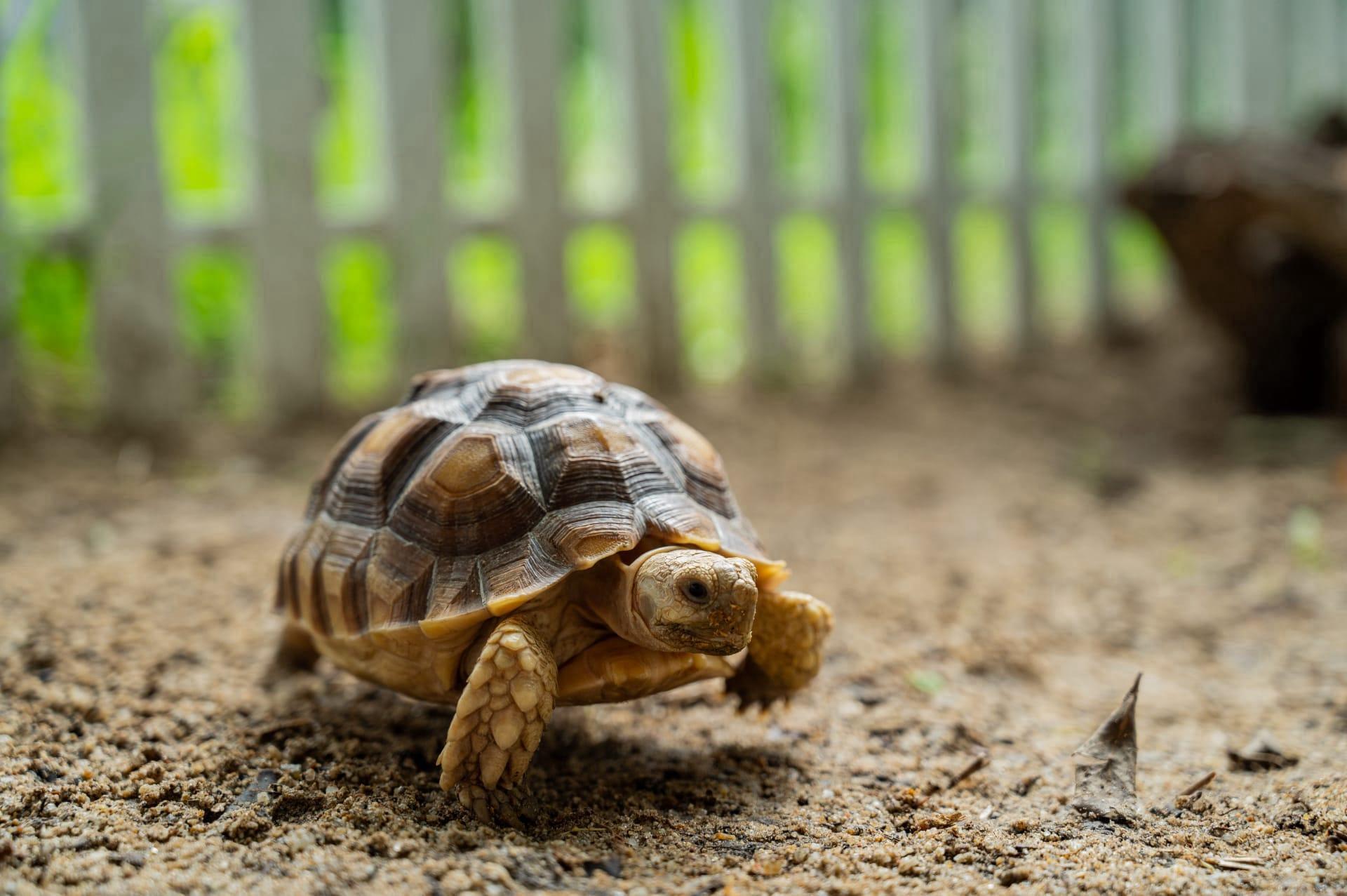Gopher Tortoise
- Home /
- Mini Encyclopedia /
- Animal /
- Gopher Tortoise
1
The Gopher Tortoise, scientifically known as Gopherus polyphemus, is a member of the Testudinidae family, which encompasses various land tortoises. This species stands out for its sturdy, dome-shaped shell, which ranges from brown to gray. Adult Gopher Tortoises typically measure about 9 to 15 inches in length and weigh around 8 to 15 pounds. Unique among North American tortoises, they possess stumpy, elephantine rear legs and shovel-like forelimbs adapted for digging.
The Gopher Tortoise is native to the southeastern United States, predominantly found in the states of Florida, Georgia, South Carolina, Mississippi, Alabama, and parts of Louisiana. Their habitat spans from coastal dunes to dry uplands, often preferring sandy soils that are conducive to their burrowing lifestyle. These tortoises play a critical role in their ecosystems, creating extensive burrow systems that provide shelter for over 350 different wildlife species.

2
Question: Is it true that Gopher Tortoises can survive forest fires unharmed?
Answer: Yes, Gopher Tortoises are remarkably adapted to survive forest fires, a frequent occurrence in their natural habitats. Their burrows, which can extend up to 40 feet in length and 10 feet in depth, provide a safe haven not only for them but also for other animals during fires. The burrows maintain a stable temperature and humidity level, offering critical protection during extreme environmental conditions. This adaptation showcases the tortoise's resilience and its pivotal role in supporting biodiversity.

3
One of the Gopher Tortoise's key survival strategies is its ability to dig deep and extensive burrows. These burrows, reaching depths of up to 10 feet and lengths of 40 feet, serve as a refuge from predators, extreme temperatures, and fires. The burrow's microclimate provides a stable environment, crucial for their survival in areas with high temperature fluctuations.
Additionally, Gopher Tortoises have a slow metabolism, which plays a significant role in their survival strategy. This adaptation allows them to thrive on a diet primarily consisting of low-nutrient grasses, herbs, and fruits. Their ability to extract sufficient nutrients from such a diet and go for extended periods without water is a remarkable adaptation to their often-arid habitats.

4
In their ecosystem, Gopher Tortoises serve as a keystone species. Their burrows are a critical resource for many other animals, including mammals, birds, reptiles, and insects. These burrows offer shelter and breeding sites, aiding in the survival of these species. The loss of Gopher Tortoises can lead to a decline in these dependent species, showcasing their significant ecological role.
Furthermore, the Gopher Tortoise's foraging behavior aids in seed dispersal and the maintenance of plant diversity. By consuming a wide variety of plants, they play a part in shaping the vegetation structure of their habitats. Their burrowing activity also contributes to soil aeration and nutrient mixing, enhancing soil quality and promoting plant growth.

5
Film: "The Gopher Tortoise: A Life Underground" is a notable documentary from the United States, released in 2012. This film provides an intimate look into the life of the Gopher Tortoise, exploring its unique burrowing behavior and its role in the ecosystem. The documentary highlights the challenges faced by these tortoises, including habitat loss and environmental threats.
Book: "The Secret Life of the Gopher Tortoise," authored by Amanda Epperson, published in the United States in 2017, delves into the fascinating world of Gopher Tortoises. This book covers their biology, behavior, and the conservation efforts aimed at protecting them, providing readers with a comprehensive understanding of these creatures.
Book: "Gopher Tortoise: A Story of Survival," written by Brian Friedland and published in the United States in 2019, narrates the survival journey of a Gopher Tortoise in a rapidly changing environment. The book combines scientific information with a compelling narrative, emphasizing the importance of conservation and the tortoise's ecological significance.